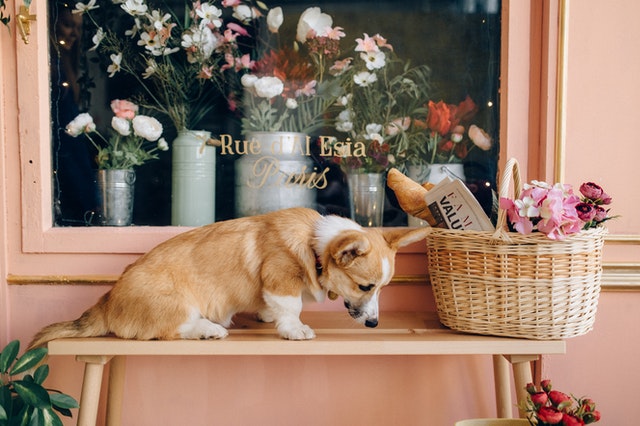Trimming your pet pooch’s nails is a necessary hygiene practice. Overgrown nails are painful for your loyal companion, and the resultant frequent shifting of weight from one paw to the other may lead to your furry pal developing posture and spine issues. Nails that are lengthy limit your canine’s movements.
Canine experts associated with https://dogsforest.com, for instance, advise you to pay equal attention to your dog’s nails. Long claws put you and your pet at risk of inviting scratches, so clipping them regularly is in everyone’s best interest.
If you want to be thorough with pet grooming and not be restricted to just brushing and bathing, here are some ways in which you can take care of your dog’s nails.

Regular Canine Nail Care Routine
When nails go past your dog’s paw pad and touch the ground, it indicates trimming time. Also, long dog nails touching the ground begin to turn sideways. Allowing the nails to grow could cause toe spreading and eventually lead to your loyal friend’s foot deformity. If you are unfamiliar with canine nail care routines, refer to knowledgeable caregivers.
Reassure your Pooch
Gently handling your pet dog’s paws from young ensures they do not get unnerved and put up resistance while you attempt paw grooming. Even if your canine feels ticklish in that region, repetitive handling of paws serves to desensitize them.
For nail care, you have to hold your loyal companion’s paws, and this should not be a frightening or confining experience for them. Reassuring your pup in a calm voice and rewarding them with treats is recommended to earn their trust and cooperation.
Find a Comfy Posture
You can only initiate the grooming process when your dog is comfortably positioned in your lap or seated near you. Placing your left arm across your canine’s midsection and bringing your pet closer to your chest facilitates the nail care routine. Use your fingers to firmly support your pup’s foot by positioning your thumb on top and other fingers along with the paw’s pad.
Trim and File your Dog’s Nails
Besides causing unintentional injury, long canine nails on getting caught in upholstery, carpets, or your clothes can rip them apart. Human nail cutters are not designed for your four-legged pal’s claws as the latter is not flat.
Getting a canine nail clipper to trim your dog’s overgrown nails serves your purpose better. Filing each nail tip after cutting rids them of rough and broken edges. Lightly file a nail that bled. Brittle dog nails necessitate extra filing to eliminate burrs.
The Clip below the Quick
The nail bed or quick is a sensitive area located on the base of every canine claw. Since this region houses all the nerves and blood cells, it will bleed profusely if cut by mistake. Consciously stay clear of the quick by spreading your pup’s toes, holding each claw as you work your way, and clipping at an angle.
If you accidentally cut, immediately stop the bleeding. Administering nail styptic powder to the cut and applying moderate pressure should halt the bleeding. Wipe off the excess powder to prevent hardening on the nail tip.
Keep the Growth on Dewclaws in Check
Remnants of a fifth toe on both paws are termed declaws. If in existence, these are located on the top inner portion of each dog foot and demand trimming. Should the dewclaw resemble a circular loop, use the cutter to trim the nail’s mid-section while carefully avoiding the quick.
Most canines require regular nail trimming as long claws adversely impact your furry pal’s walk. If your dog tears its nail before you can clip it, apply pressure to stop the bleeding and subsequently use warm soapy water to wash that paw.

Speak Your Mind